These Legendary Vehicles Changed Automotive History
Since 1887, the automotive industry has made more car models than we can count. We’ve had good cars and bad cars, iconic ones and unremarkable ones, reliable ones and ones that would not go a hundred miles without breaking down. However, there have been some cars that left their mark on the industry and changed the car scene for years to come.
In this slide show, we are going to count down some of the most influential cars of all time. All the way from the car that made owning an automobile reality for everyday Americans to the ones that influenced the outcomes of major global conflicts…
1908: Ford Model T – Cars Become Accessible
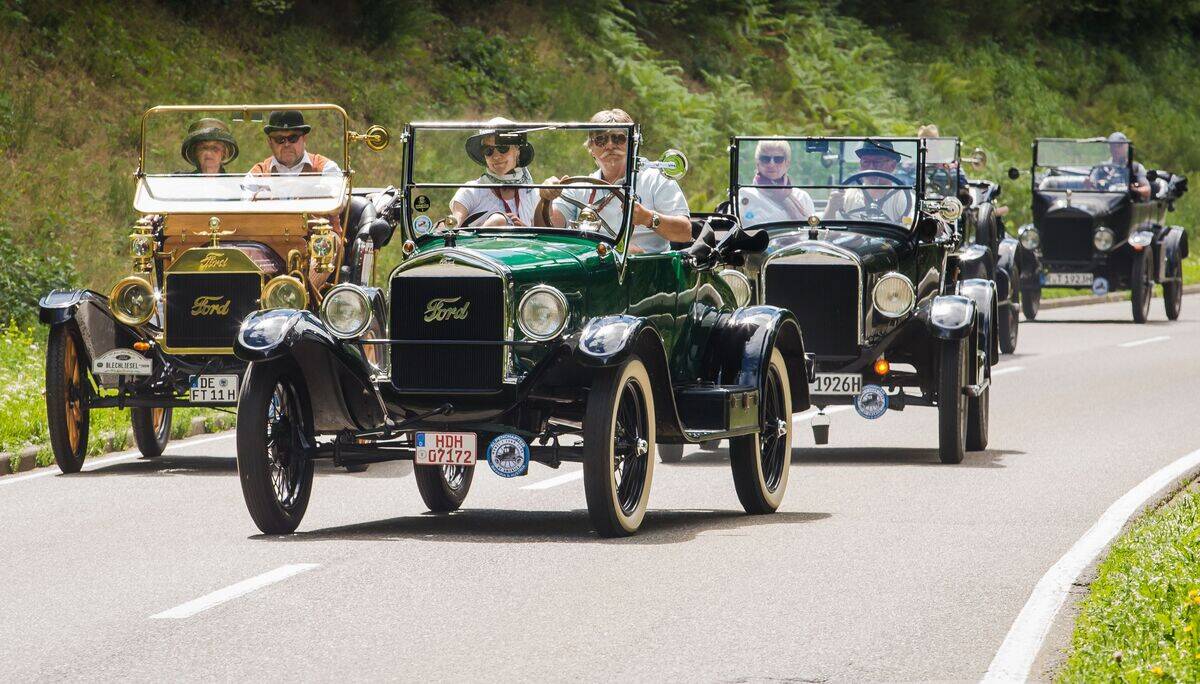
Owning your own car is one of the key elements of the American dream, and we take it for granted every day. That was not always the case. When cars first came out in the late 1890s, they were custom-made, mostly to order, making them rare and incredibly expensive.
Henry Ford introduced the concept of an assembly line, which transformed the way the car industry manufactured vehicles, increasing production and decreasing costs drastically. The average cost of a car before the Model T came along was above $1,000, but with the introduction of the assembly line, the Model T was offered for just $260, or four-month wages of an average factory worker.
1938: VW Beetle – Europe’s “People’s Car”
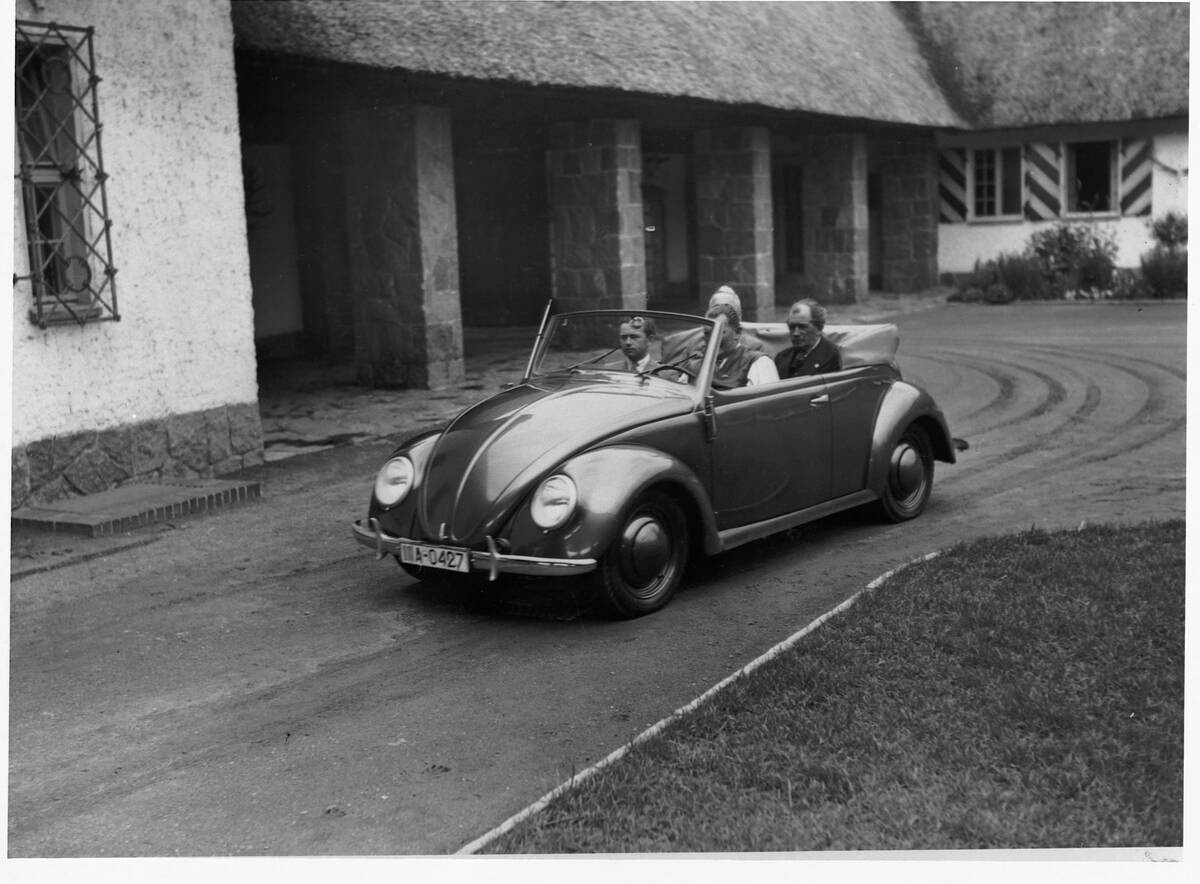
Inspired by the Model T in America, the leader of Germany wanted to have something of the kind for his people too. So, he commissioned legendary automotive engineer Ferdinand Porsche to design a car for the masses – a People’s Car or “Volkswagen.”
The product of Porsche’s design was the Beetle. First made available for sale in 1938, the Beetle became one of the world’s best-selling cars. It was the first car that made having personal transport possible for the Europeans and also paved the way for many more developments in the automotive industry.
1940: Willys Jeep – First True Off-Road Vehicle
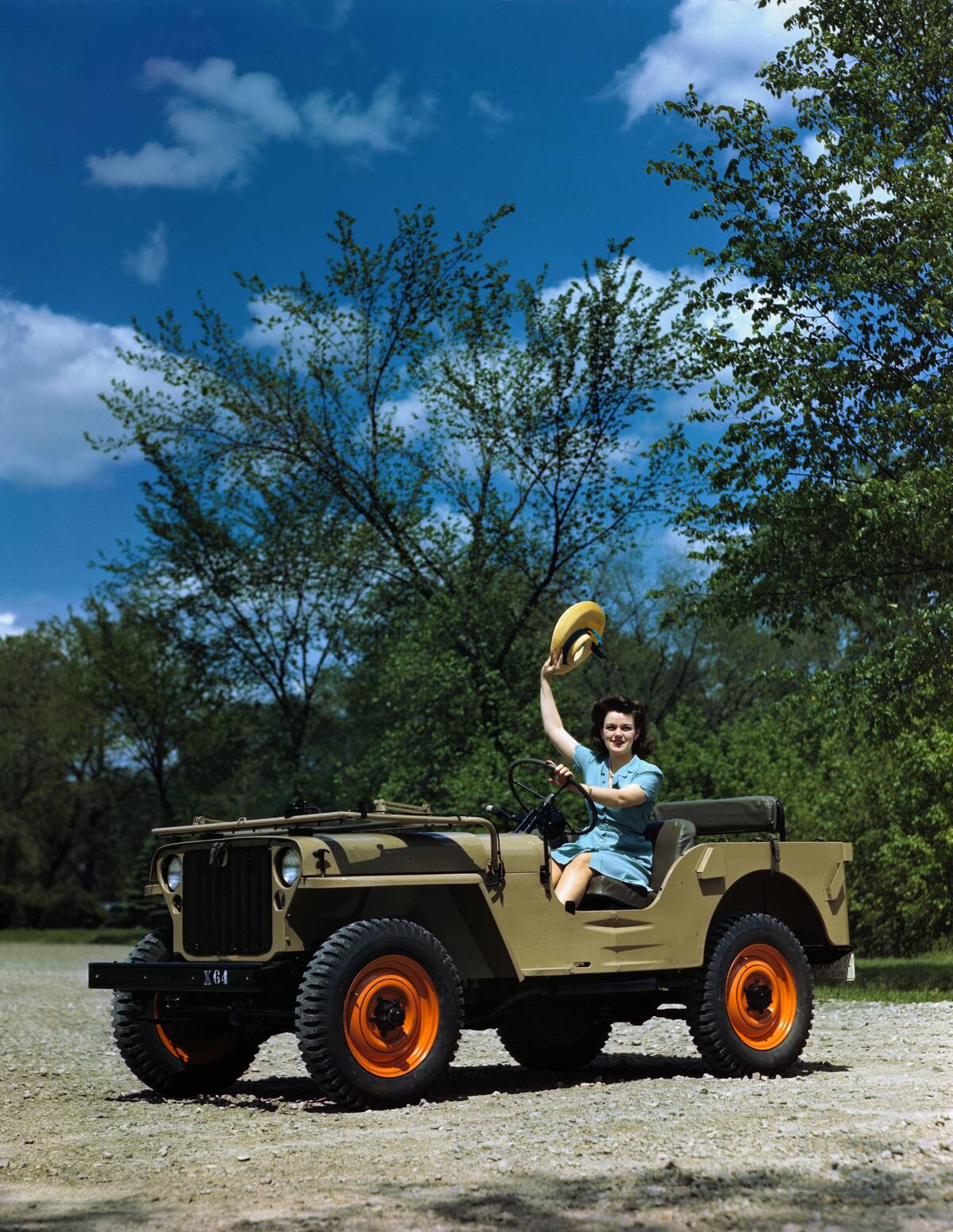
The Willys Jeep was obviously not the first vehicle to introduce the idea of a 4×4 vehicle, but it was the first one that made it to the general public and widespread use. Designed for military use in the Second World War, the Willys was nothing more than a couple of seats strapped to a motor and four wheels.
To say that this vehicle was instrumental in shaping the results of WWII would not be an understatement. When all those soldiers came back home, they wanted the same versatility, a vehicle that did not depend on roads to move. And that played a big role in giving rise to the whole 4×4 industry.
1951: Bugatti Type 101 – The First Performance Luxury Car
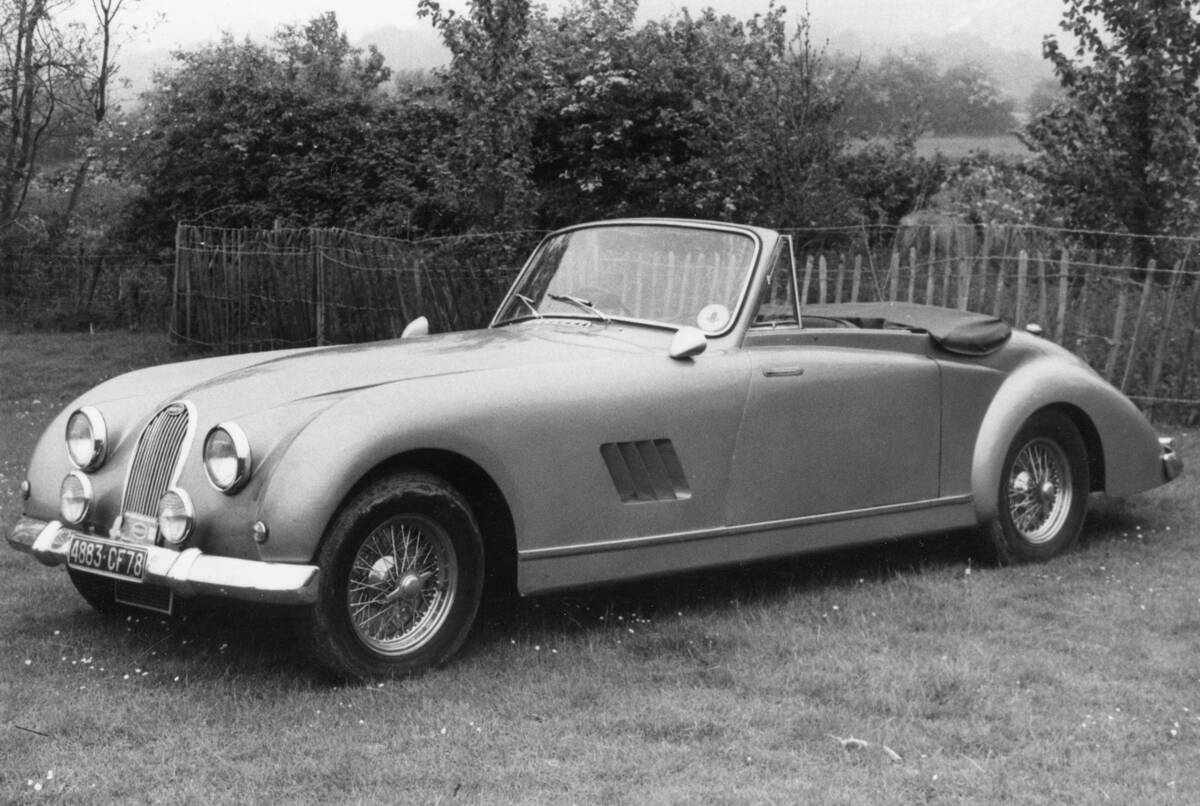
Bugatti had been around for quite a while by 1951, but most of their cars were focused more on performance than luxury. Rolls Royce, on the other hand, was making insanely luxurious cars with acceptable performance. The Bugatti Type 101 was the first car that balanced both.
Powered by a straight-8 engine and with the bodywork done by the most renowned coachbuilders of the time, the Type 101 (based on the Type 57 chassis) was a 4-door luxury grand tourer that also had the performance to match the brand’s name. Since that time, the brand has been at the top of both luxury and performance.
1959: Volvo PV 544 – First Car to Feature a Seatbelt
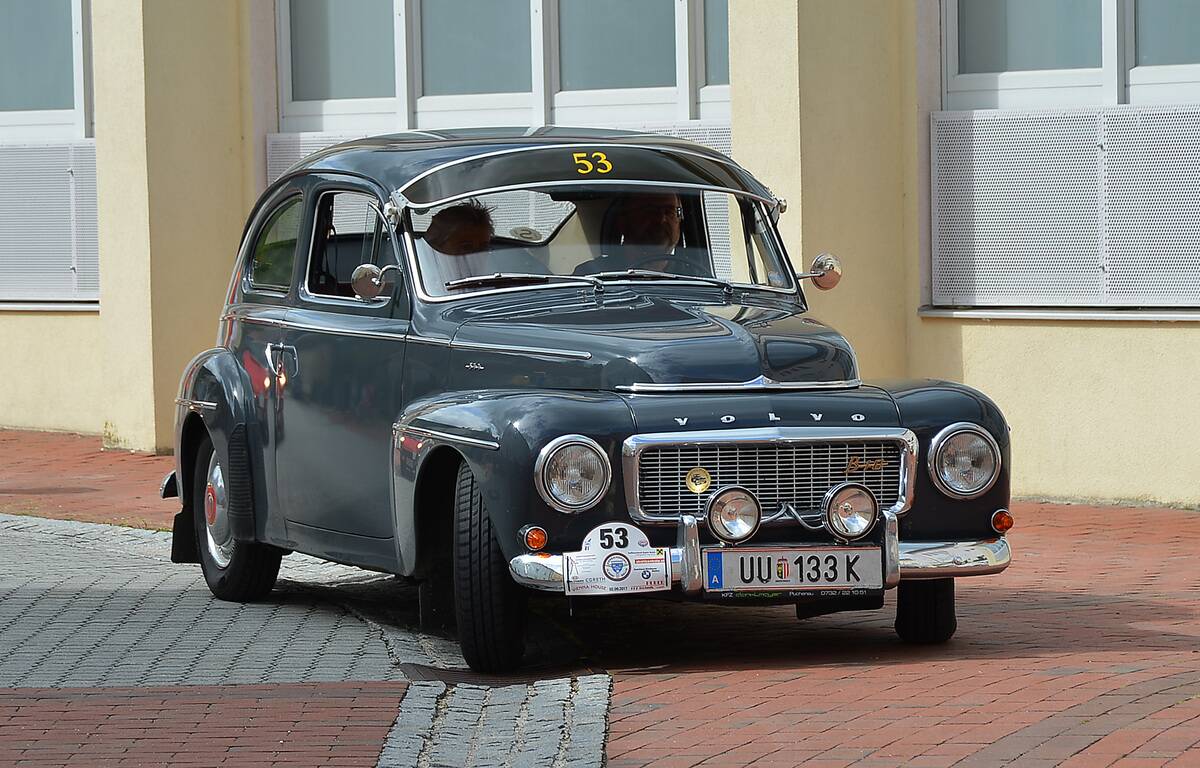
The PV 445 is not a very remarkable car, as far as remarkable cars with industry-wide impact go… but it has earned a spot on this list due to one reason; seat belt. Even though the seatbelt has been in use since 1949, that design was inefficient and inconvenient.
Engineer Nils Bohlin invented the first three-point seat belt in 1959, working for Volvo, and the PV 544 was the first Volvo model to feature that. Bohlin was not only an inventor but also someone who deeply cared for human lives. He made his patent for the seat belt free to use, leading to the adoption of his superior design by every single car maker, saving countless lives.
1962: Ferrari 250 GT Berlinetta SWB – European Sports Cars Get Serious
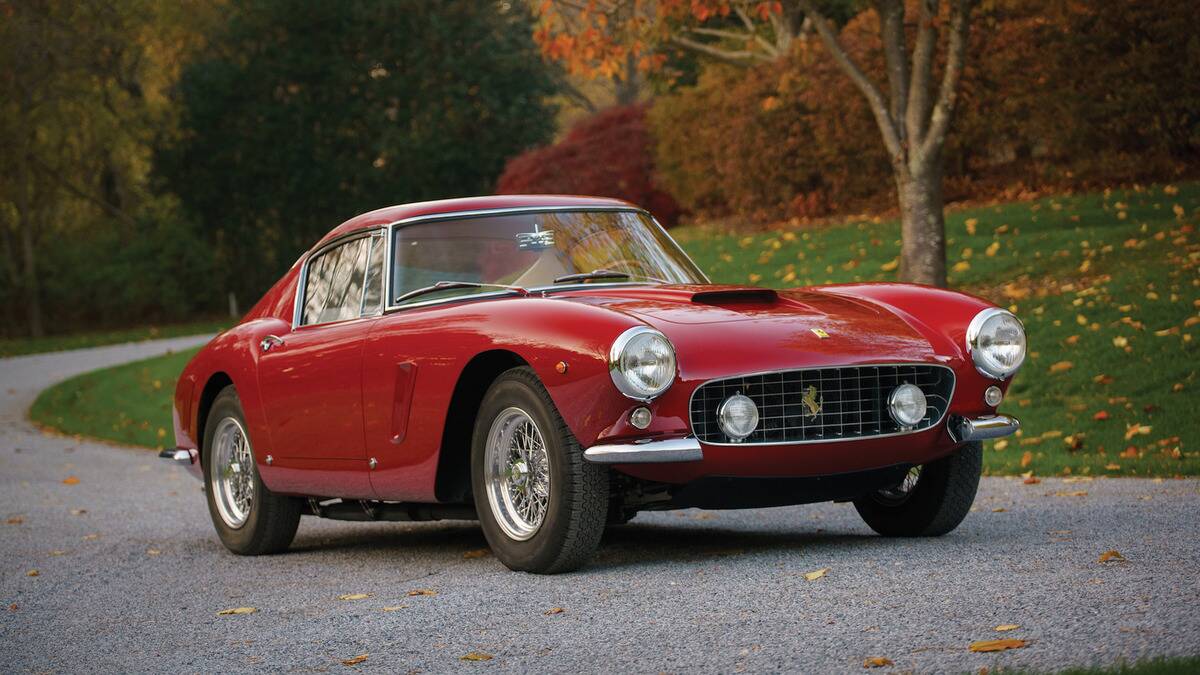
Revealed in 1959, the Ferrari 250 GT Berlinetta was the first true race car for the road. It was the car that you could take on a cross-country leisure trip or to a race track, and it would not disappoint you in any of the roles.
Powered by a 3.5L V12, this car started the era of low-displacement high-cylinder engines, the type that is known to sound and perform the best. Even though there were notable Ferrari models before this one, it was this Ferrari that can be thought of as the direct predecessor of the modern flying horse we all love.
1964: Ford GT 40 – America Wins Le Mans
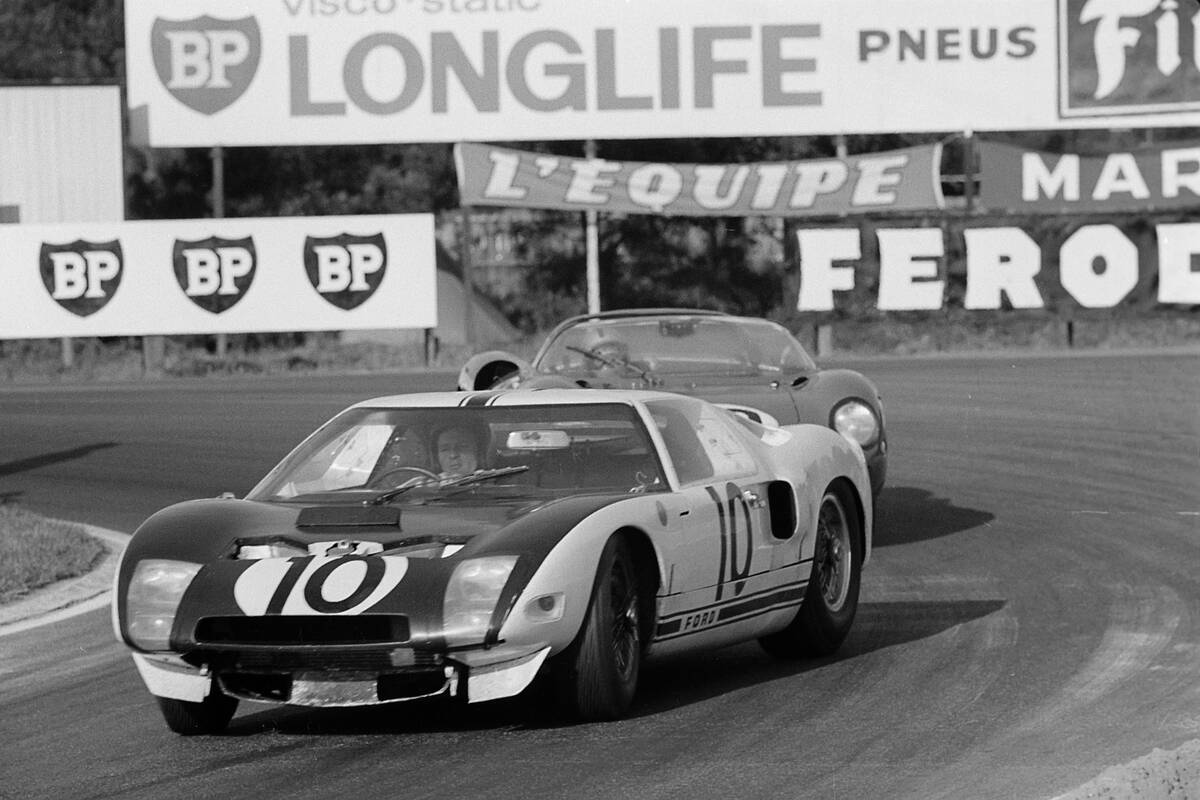
Designed by Carol Shelby, test-driven and refined by Ken Miles, and commissioned by Henry Ford II, the GT40 went down in history as the most dependable and capable American sports car ever. It was this car that won the 24 hours of Le Mans in 1966, an era when the Europeans dominated endurance racing.
Legend has it that Henry Ford offered a generous budget and unlimited resources to Shelby and his team to come up with a car that could win his personal war with Enzo Ferrari; yes, THAT Enzo. And develop a car they did, winning in Le Mans not once but four times in a row.
1965: Shelby Cobra 427 – The Most Iconic American Sports Car Ever
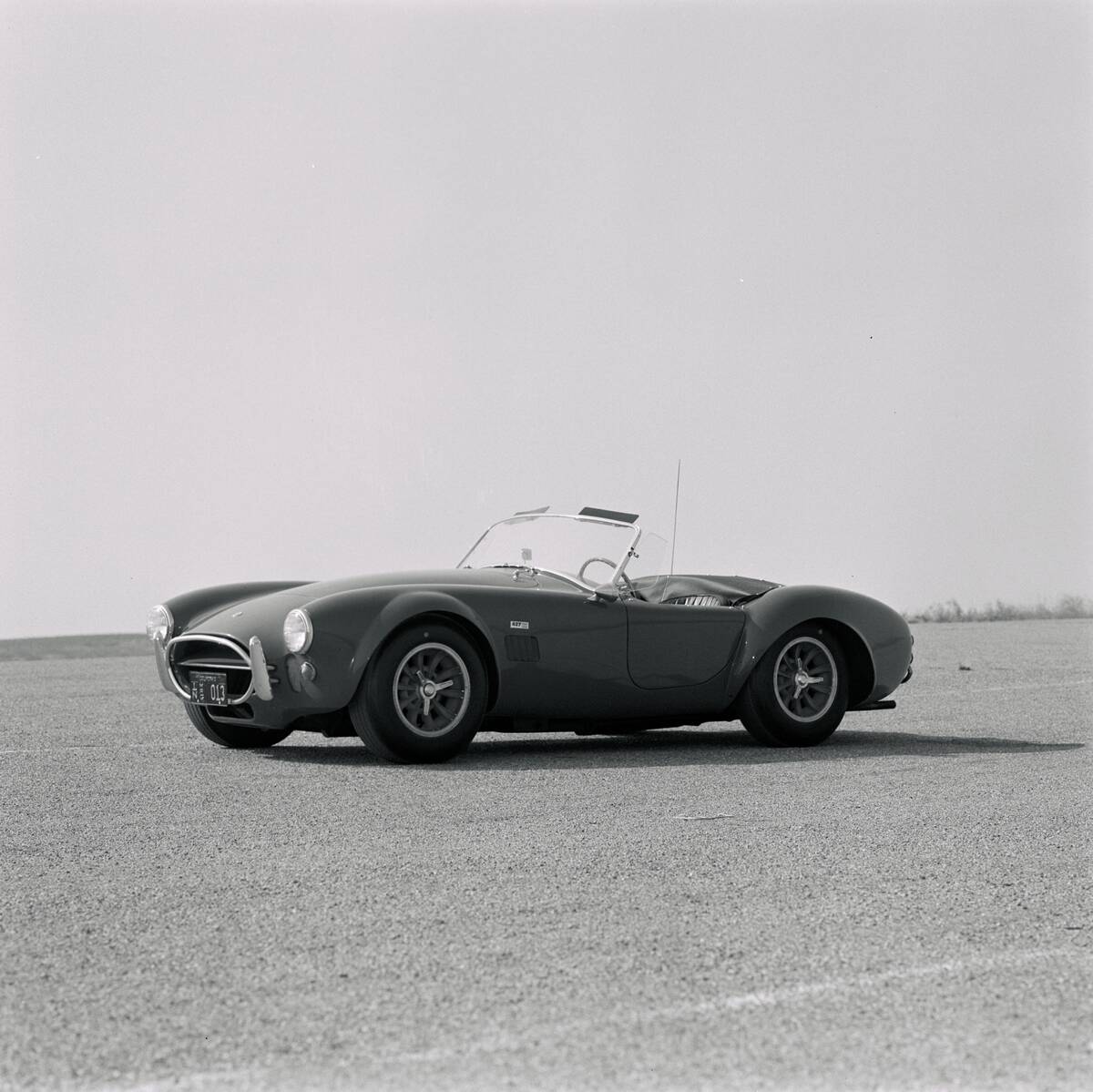
If the Ford Shelby Mustang was too tame and docile for you, Shelby American offered another, even crazier one that could satisfy all your needs for power and performance. The Shelby Cobra 427 was powered by the Big Block 7.0L V8 and was designed to go as fast as possible.
Regarded by many as the most iconic American sports car, the Cobra was purely meant for the track and competed with the leading models of the time. To fit that ginormous motor in the Cobra, Caroll Shelby completely redesigned the chassis and suspension and tuned it to handle like a dream on the track.
1966: Lamborghini Miura – The First True Supercar
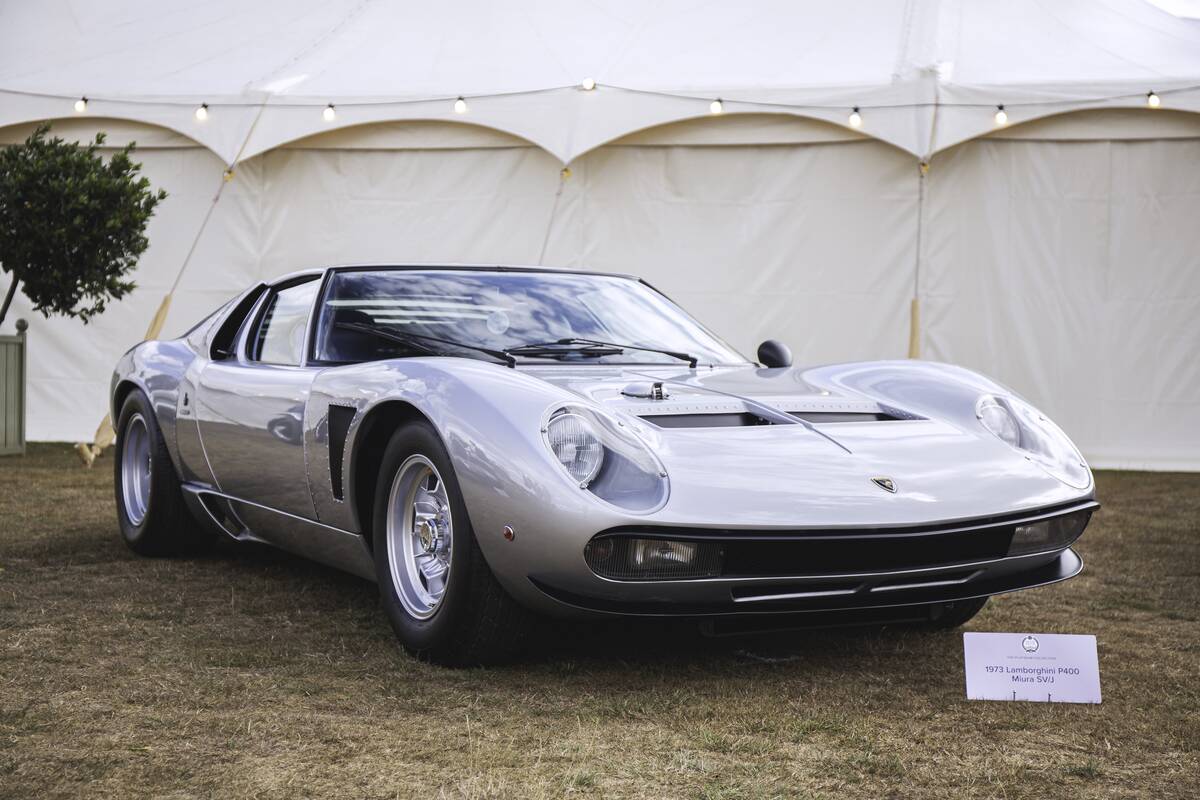
Regarded by many as the first true modern supercar, the Miura was developed in secrecy by three engineers, Giampaolo Dallara, Paolo Stanzani, and Bob Wallace, as a car with a racing pedigree that could be driven on public roads by enthusiasts. The Miura even looks relevant to this day; imagine how many heads this thing would have turned back in 1965 when it first came out.
The guys developing the Miura, under the code name P400, thought that the car would serve as a good marketing tool at most, showcasing Lamborghini’s capabilities in developing reliable race cars, and the rest is history.
1969: Dodge Challenger – Start of the 10-Second Life
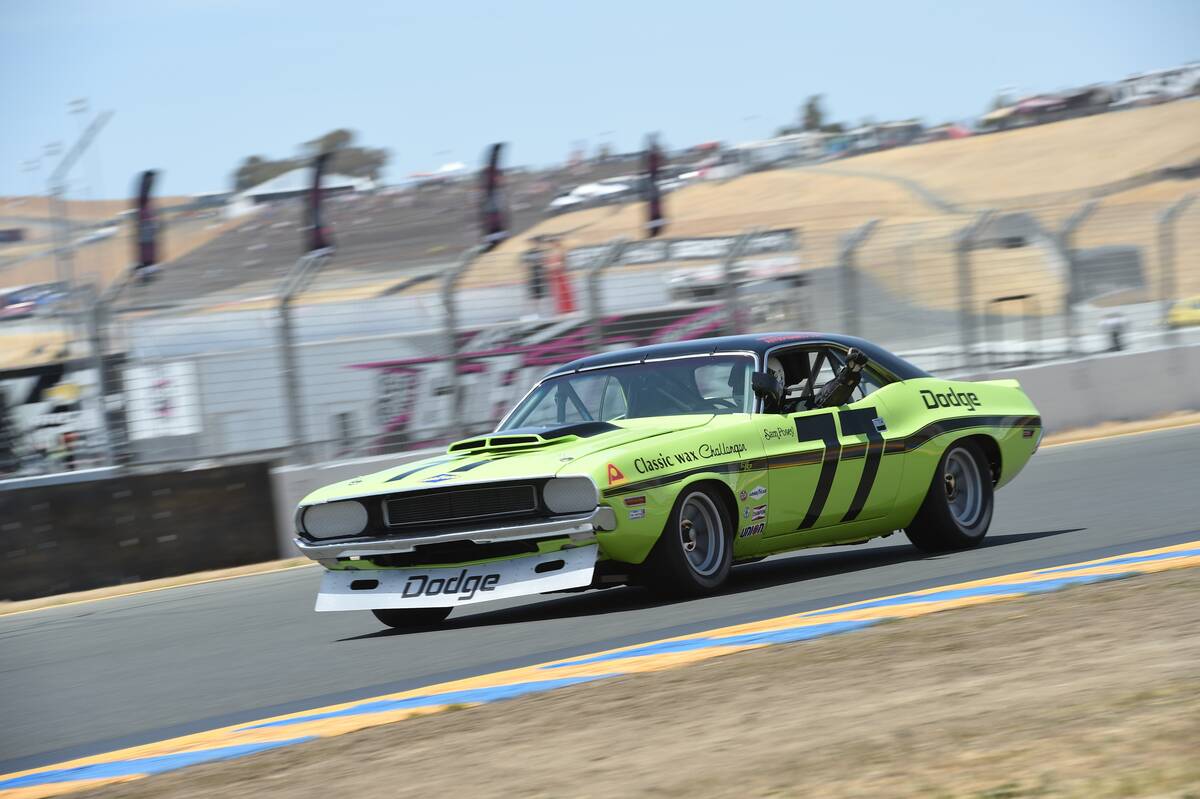
The ’69 Challenger was not the first muscle car (that would be the Oldsmobile 88 Rocket from 1949), but what really gave momentum to the whole muscle car scene was the creation of this vehicle in Detroit. The Challenger came out in 1969, and with the eight cylinders of screaming freedom, it just dominated the scene.
To this date, the Challenger remains the fastest-accelerating gas-powered street-legal car. Even though Dodge is now moving towards electric muscle cars, their legacy will always be making the craziest gas-powered machines to ever hit the tarmac.
1967: Toyota 2000GT – The Only Japanese Muscle Car
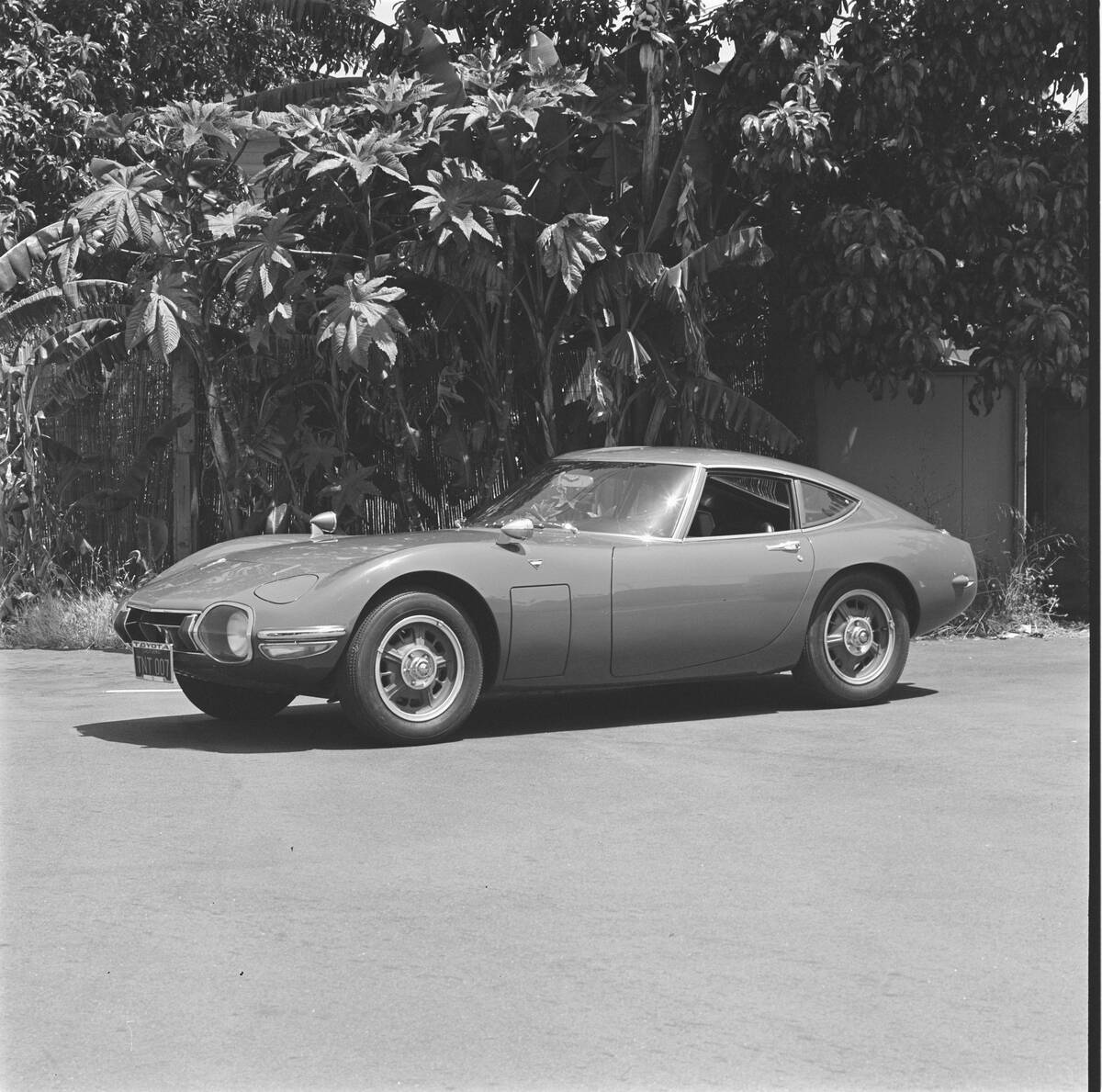
Before the 2000GT, Toyota was thought of as a brand that only made low-power economy passenger cars and had no business in the sports car world. The Japanese brand, however, proved everyone wrong by creating the 200GT, which was also known as the muscle car from Japan.
Powered by a 2.3L I6 and having all the cutting-edge technologies of the time, the 2000GT was the car that started Toyota’s sports car journey. Whether it is the Supra, the GR86, or the rally car versions of Corollas and Camrys, all can trace their roots back to the 2000GT, the first purpose-built sports car from Toyota.
1981: DMC DeLorean – A Car from the Future
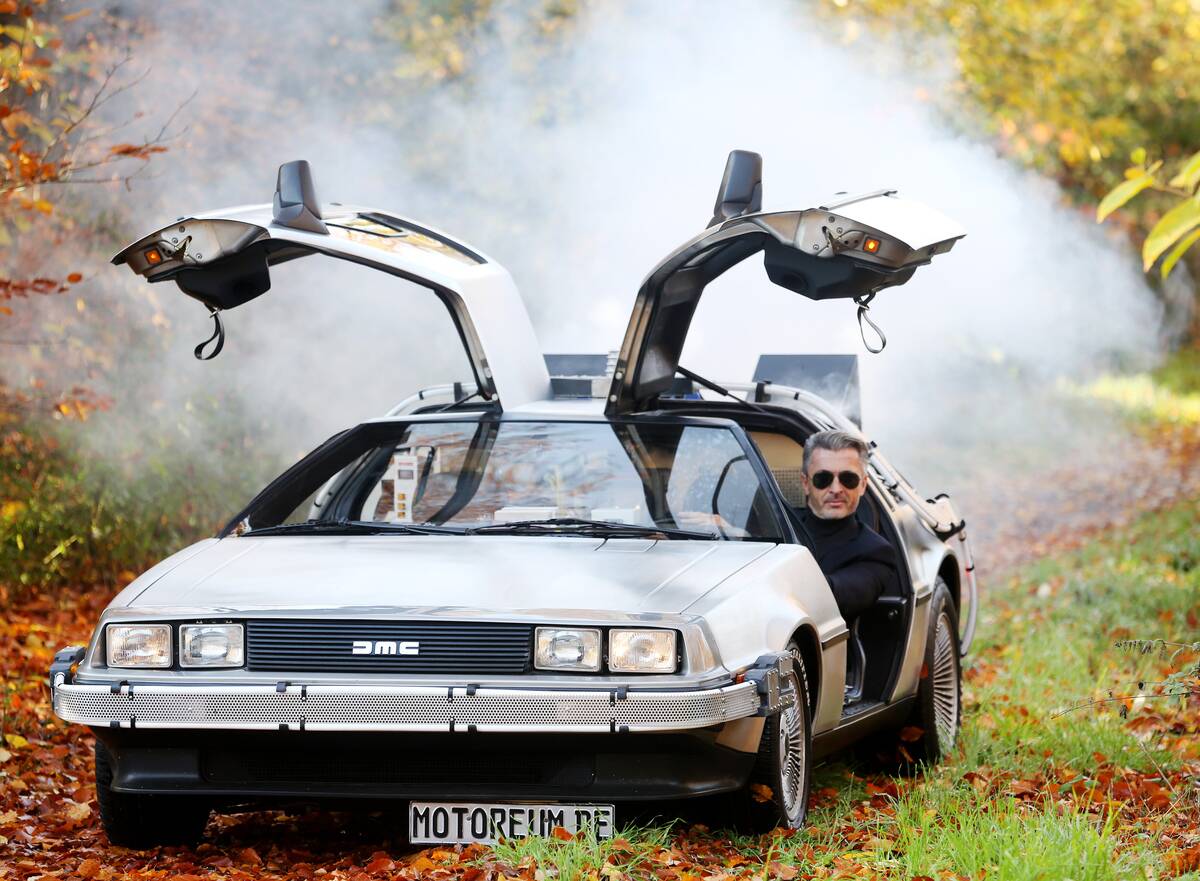
The DeLorean DMC-12 was in a class of its own. Even though it was a commercial failure, this car, designed by Giorgetto Giugiaro, featured a number of innovations, some of which feel like they are from the future even today.
The DeLorean’s iconic gullwing doors, wedge-shaped design, and small but powerful V6 can still turn some heads. It was not that the car failed due to being poorly designed; rather, the company was in financial trouble due to other reasons, which led to it being insolvent and going out of business. This model, however, still remains an icon of the 1980s.
1990: Acura NSX – The Best Sports Car From Japan

When Honda planned on opening a luxury division, they wanted to make a halo car for the brand, one that would communicate the strong attention to detail, reliability, and performance Honda is all about. The NSX team spared no expense in making sure they came up with the best possible car.
From taking the input of Ferrari F1 driver Ayrton Senna to using the most cutting-edge materials available at that time, Honda did everything to create a legend. The first-generation NSX went down in history as the most refined and well-tuned sports car to ever come from Japan.
1991: Dodge Viper – Brut Force Can Outrun Anything
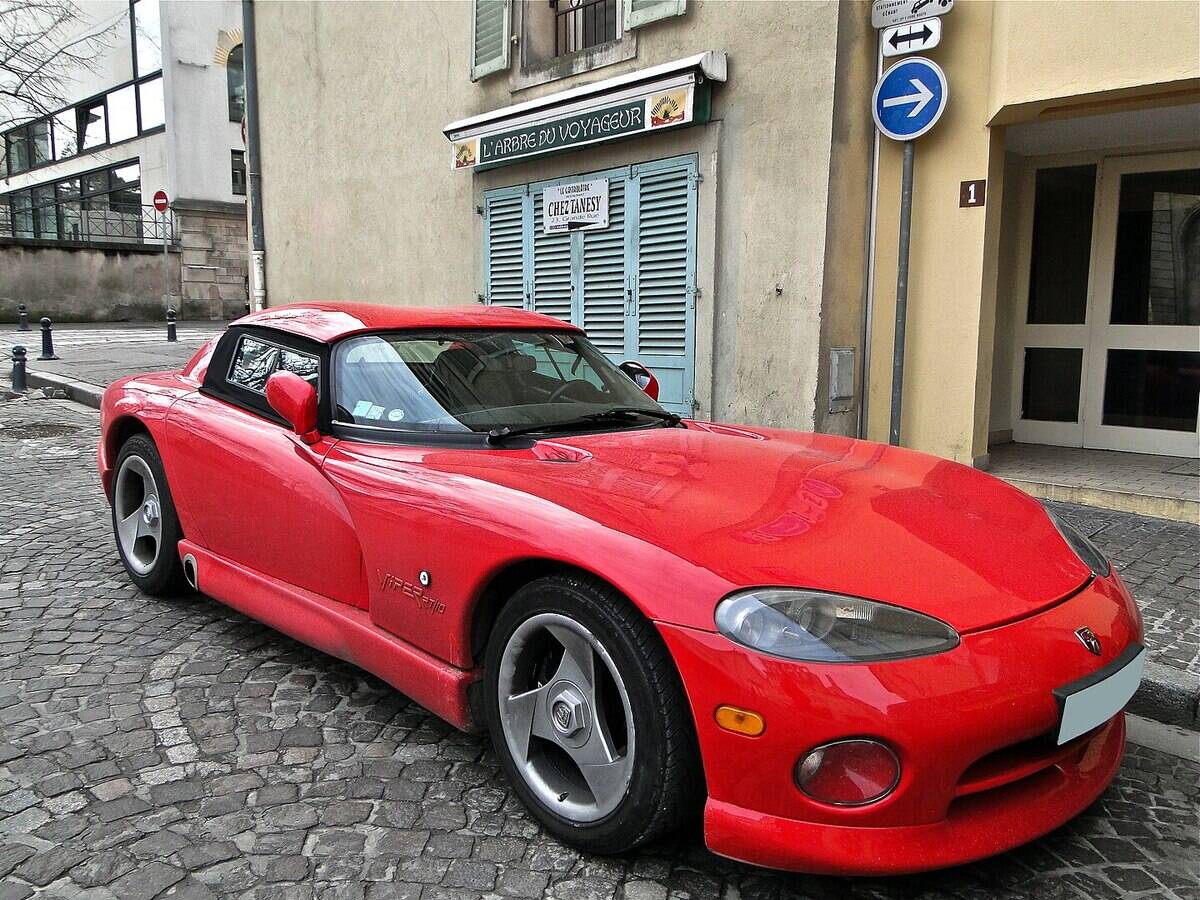
Dodge is known for making some of the most bonkers cars in history. That includes the Hellcat, the Demon, and the first-generation Charger and Challenger, but their greatest creation was; the Dodge Viper. Powered by a naturally-aspirated 8.4L V10 and designed only to go fast, the Viper was in a class of its own.
When this car first came out, it was so focused on performance that door locks, a roof, and even ABS were not considered necessary. The Viper might have been discontinued, but whenever the craziest American sports cars are counted, this one will have a pretty high spot on that list.
2012: Bugatti Veyron – First Car to Go Above 1000HP
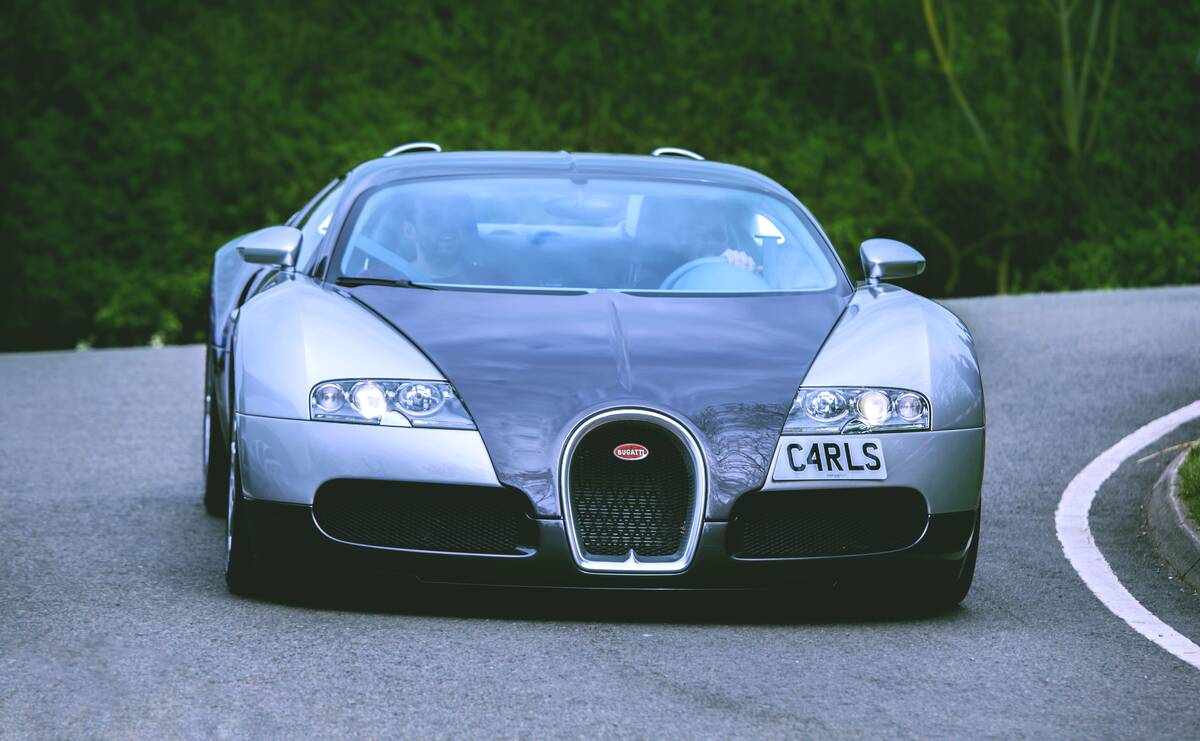
The Veyron is proof that if you have enough power you do not need to do anything to break records. The first production vehicle to have 1,000+ horsepower, the Veyron was the car that sparked the hypercar era across the world.
There are cars that can go fast, but they often have to delete even the air conditioning to achieve mind-blowing speeds. Not the Veyron! Bugatti proved that as long as you have a ton of power, you can go fast and still get to keep all the luxury.
2012: Tesla Model S – The First Commercially Viable EV
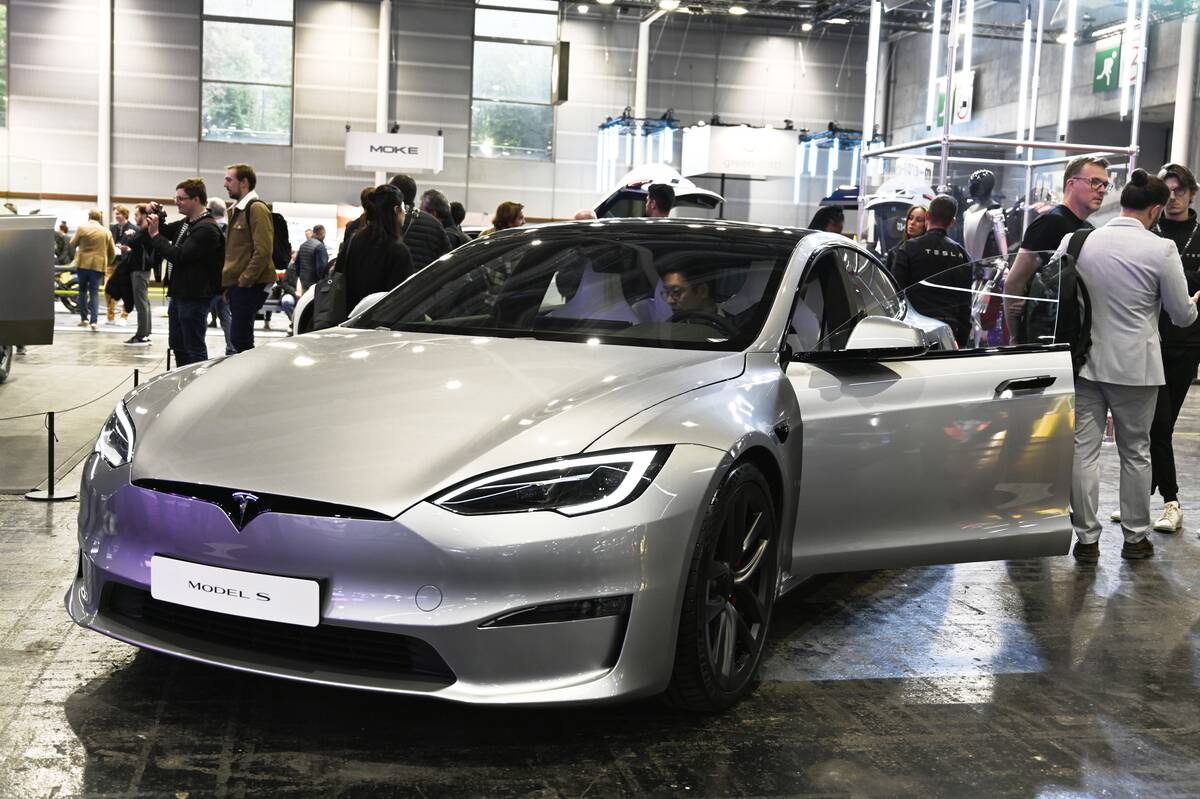
Just like hybrids, making an EV was not as much of an engineering challenge as it was an economic one. Even though William Morrison of Des Moines, Iowa, created the first working EV in 1890, it was not until the Tesla Model S that EVs were thought of as an actual mode of transportation and not just a gimmick.
Elon Musk, a man with a reputation for making the impossible possible, was behind this. Tesla is not only an awesome car manufacturer, but any other company can access their patents and use Tesla tech in their own cars. That’s the biggest leap towards a cleaner and greener future.



